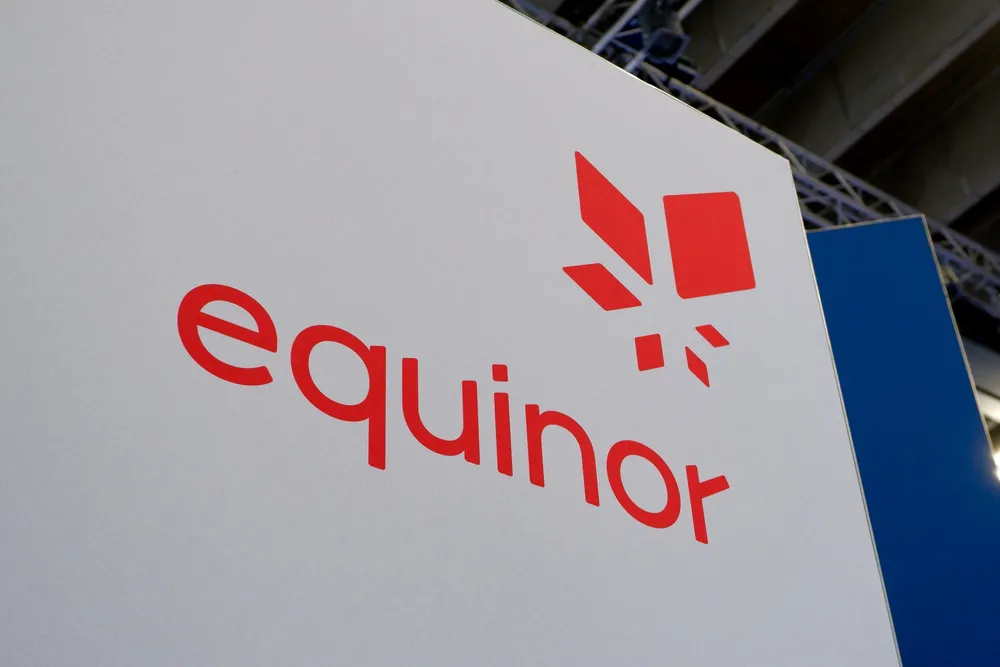Equinor rails at RWE's 'natural variability' claim in Dogger Bank wind theft dispute
Norwegian supermajor and German power giant have locked horns over 'wind theft' between their neighbouring North Sea offshore wind mega projects

Equinor and SSE have railed at an RWE claim that wake losses the German utility’s Dogger Bank South offshore wind arrays will cause their own projects – which they estimate at £582m ($778m) – are negligible and will be “lost in the noise” of natural wind variation.
Norwegian supermajor Equinor and British power giant SSE have been at loggerheads with RWE over the impact wind wakes from the utility’s 3GW Dogger Bank South offshore wind project will have on their own Dogger Bank arrays, with a combined 3.6GW capacity.
RWE is currently seeking an all-important development consent order for Dogger Bank South, which is split into two 1.5GW sites. RWE is lead development partner for the project and owns a 51% stake, with Emirati renewables giant Masdar holding the remainder.
Equinor and SSE each own 40% stakes in the three 1.2GW Dogger Bank arrays – A, B and C – with Norway’s Vargronn owning 20%. The developers told the examining authority in the Dogger Bank South planning proceeding last month that the project would cost their Dogger Bank sites £20m annually in wake losses and £582m over their lifetimes.
In its most recent submission published on Tuesday, RWE, which is embroiled in several similar disputes over British offshore wind projects, said that wake modelling is an “actively developing area of both science and industry practice.”
The wake loss assessment submitted by Equinor and SSE estimated that Dogger Bank A – the closest to Dogger Bank South and therefore set to be the worst affected – would suffer a 4.1% drop in annual energy production due to wake losses.
What are wind wakes?
Wind turbines extract kinetic energy from the air to produce electricity. When they do this, they leave trails of slower and more turbulent wind stretching behind them. These trails, known as wind wakes, can stretch vast distances – even 100km. If one wind farm is caught in the ‘shadow’ of another’s wake, the slower wind speed will mean it generates less power. One wind farm ‘waking’ another is sometimes colloquially called ‘wind theft’.
But RWE argued it was important to see this 2% figure in the context of the interannual variability of wind conditions, which it estimated could rise or fall by 5.4%. The 2% wake loss impact is therefore, it argued, “well within the natural variability of the weather.”
It would take around 20 years of measuring the annual production of Dogger Bank A to be able to show, to a 95% confidence, that the impact of Dogger Bank South “was not zero,” claimed RWE.
“Its impact is such that it would be ‘lost in the noise’ of the natural variation of the wind,” said RWE, arguing that in this context the wake losses for the Dogger Bank projects will be “negligible”.
Equinor and SSE were, unsurprisingly, unimpressed by this assertion. In their own latest submission, they said that they “strongly disagree” with the comparison of wake loss to inter-annual variability.
Wake losses should be “considered as a bias always reducing the energy produced” from their Dogger Bank projects, said Equinor and SSE. Interannual variation is “accounted for in modelling the yield on which all project investment decisions are made, whereas wake effects are an additional, consistent impact each year.”
Inter-annual variation “does not offset wake impacts,” they argued, “and, unlike wake effects, can increase or decrease energy production.”
Equinor and SSE say they have sought advice from a consultant on the claim it would take 20 years of measurements to be able to show, to a 95% confidence, that the impact of Dogger Bank South on its neighbour was not zero.
They said that the consultant they have engaged “confirmed that it has been repeatedly shown that smaller than 2% wake loss changes can be observed in operational data once account is made for the windiness of the operational period.”
“It is further unclear as to why a 95% confidence threshold is required.”
(Copyright)